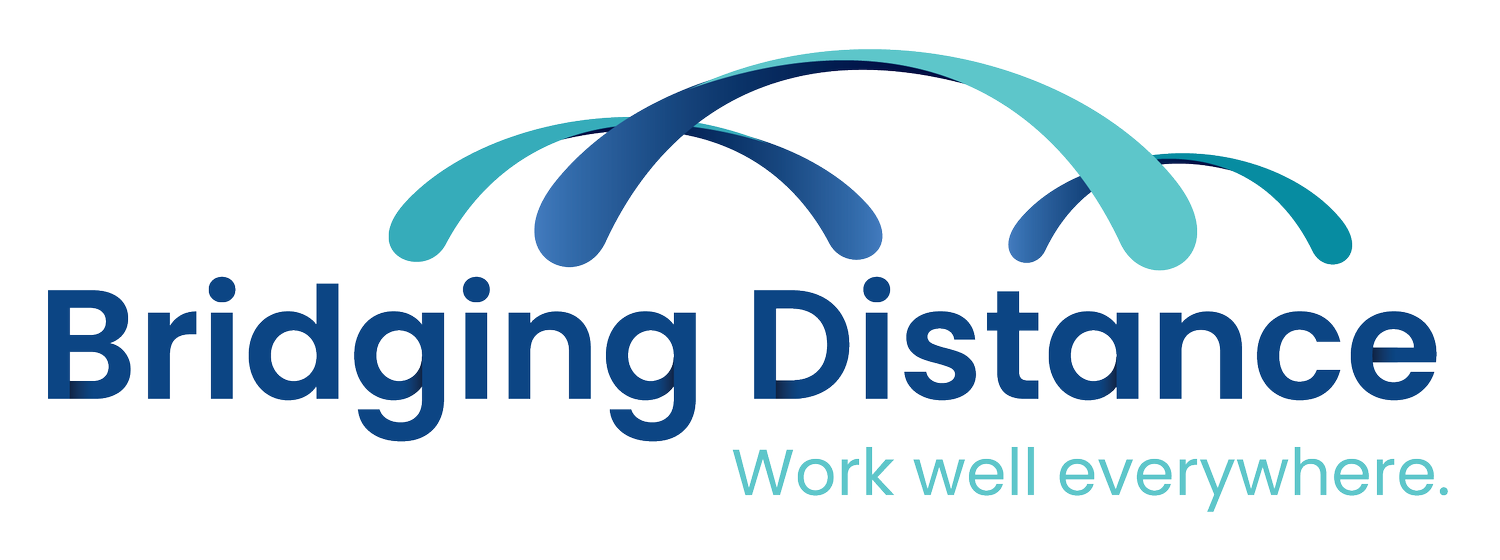Hybrid work: I do not think it means what you think it means.
Photo Credit: the 1987 movie “The Princess Bride”
As with everything in life, it’s all about perspective.
Throughout the 1987 classic movie, The Princess Bride, henchman Vizzini (Wallace Shawn) states that things are “inconceivable!” Eventually, swordsman Inigo Montoya (Mandy Patinkin) turns to him and says, “You keep using that word. I do not think it means what you think it means.”
Similarly, as organizations worldwide dive into structuring their pandemic-informed normal, the definition of hybrid work depends on who you are talking to. Our research reveals that people’s views depend largely upon where they sit in the organization. C-suite executives, senior managers, frontline managers and individual contributors do not hear the same message in the same way.
Photo Credit: the 1987 movie “The Princess Bride”
How executives often view hybrid work
To many executives, hybrid work evokes visions of a pre-pandemic workplace with a nod to employee interest in working from home. In these cases, organizations typically allow employees to work from home one or two set days per week but expect them to spend most of their time within a shared physical office.
How employees often view hybrid work
To employees, especially digital natives and those who entered the workforce during the pandemic, hybrid work evokes something quite different. Employees across all generations would like their employer to focus more on outcomes than location. After all, if they’ve been productive, collaborative and content for the past two years, why change? To this group, hybrid work more often means having the individual discretion to work from the office or from home, whichever makes the most sense for the employee on any given day.
Frontline managers, stuck in the middle
Stuck in the middle are frontline managers. They have the unenviable task of trying to implement the leadership vision, grapple with employee confusion/dissatisfaction and come to terms with their own perceptions around hybrid work.
These differences are important.
It’s time for leaders to get clear on what hybrid work means to them, their managers and their workforce. Clarity of vision, expectations and communication are the cornerstones of organizational health and change. In fact, communication is the single largest determinant of success. It is critical that everyone – at every level – understands what hybrid work means to the organization and to each other.
From a fairy tale to real life
I’d like to think that Vizzini and Inigo could’ve hit the pause button to discuss what “inconceivable!” meant to each of them and come to a mutual understanding. However, that wouldn’t make for good movie dialogue.
Instead, we are left wondering if Inigo questioned Vizzini’s use of the word because a) Inigo didn’t know what it meant, or b) if something was inconceivable, it probably wouldn’t be happening right in front of them.
On the other hand, did Vizzini overuse the word because a) he was so confident in his brilliance that he couldn’t imagine how his dastardly plans could go awry time and time again, or b) he was so desperate to prove his superior intellect that he grasped on to a buzzword without understanding it very well himself?
In part two of this series on hybrid work we’ll dive deep into the executive perspective.


